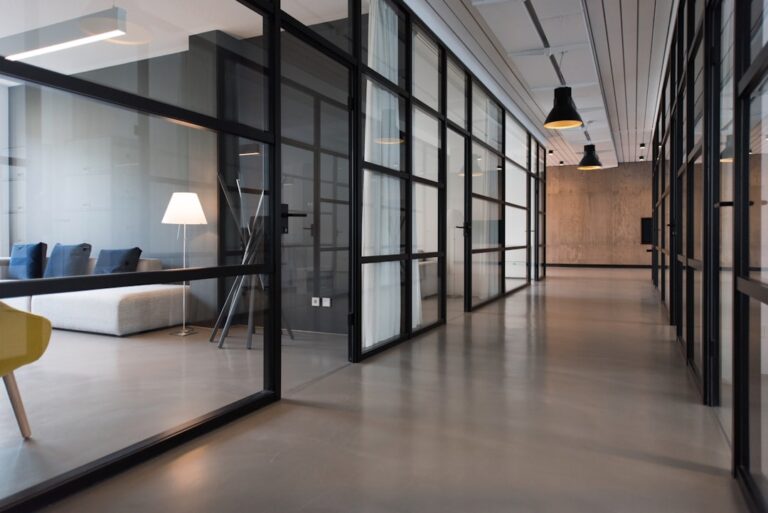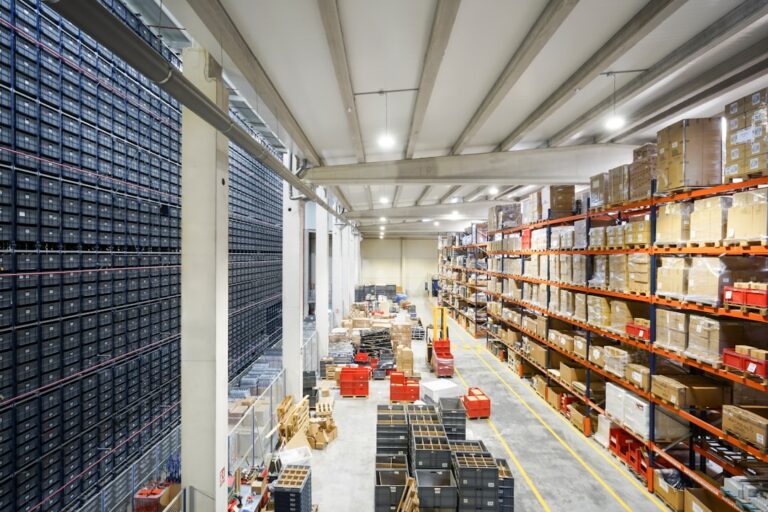Stainless steel benches are among the most popular applications of what the metal alloy can do for humanity. The formula for producing stainless steel is really simple. You simply cook up a metal alloy with iron, chromium (10 to 30%) and about 1.2% carbon. The result is a metallic combination that is strong enough to fight corrosion.
Why Use Stainless Steel?
Corrosion is quite simply, the degradation of metal as it gets exposed to certain chemicals or substances, such as oxygen, water or salt. Fortunately for stainless steel benches, their strongest suit is the ability to remain unaffected or unchanged by salt water. So you’ve got to give it to park officials when you find that the park benches stainless steel benches rather than, say, aluminum.
That Stainless Steel Recipe
The term alloy is simply a fancy term for the combination of different metal elements in order to produce a hard material. To make bronze, you would combine 12% tin to a largely copper base. Then, you have a choice of throwing in aluminum, manganese, nickel or zinc. In doing so, you’re just like choosing a side order in a restaurant.
By playing with different metal combinations over time, metallurgy has been able to develop the best alloys for specific situations. In the case of stainless steel, you will want to add more chromium and silicon into the molten mix in order to come up with a piece of metal that has even more protection against oxidizing acids, such as sulfuric or nitric acid. Of course, in the beginning, all these combinations were conceived through trial and error.
Different Strokes for Different Metals
That being said, there’s more to come as modern-day metallurgists drum up more recipes for different applications. Who knows, you might even come up with your own secret recipe for metal works. Just don’t forget to name the new combination after yourself for posterity’s sake.
In 1872, two Englishmen originated the stainless steel recipe. They called their creation “Water Resistant” and the rest is history. The alloy isn’t perfect, though. For one, hydrochloric acid is the arch-enemy of the alloy and will surely damage the metal.
Talk About Natural Beauty
Aside from its unparalleled resistance to rusting and staining, the popular alloy has starred in numerous applications in modern life. Your hot water tank, cutlery, and various cooking equipment are made from the same metal. This is what makes them easy to clean and sanitize. It’s among the most minimalist of all metallic combinations as it needs no paint or surface coating. And when you come to think of it, the shiny untarnished metal is similar to a beautiful woman who doesn’t need to wear any makeup.











